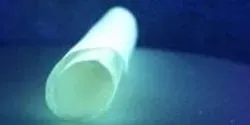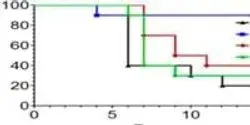News

Astronomers using NASA's Hubble Space Telescope have uncovered surprising new clues about a hefty, rapidly aging star whose behavior has never been seen before in our Milky Way galaxy. In fact, the star is so weird that astronomers have nicknamed it "Nasty 1," a play on its catalog name of NaSt1. The star may represent a brief transitory stage in the evolution of extremely massive stars.

Berkeley Lab study shows properly managed damage can boost material thermoelectric performances.

Two new National Science Foundation grants to Indiana University–totaling $8.6 million–call on long-standing expertise to manage and analyze the networks that power the agency's international research and education collaborations. IU has now earned more than $13 million in NSF international networking awards this year.

Nanomaterials commonly used in sunscreens and boat-bottom paints are making sea urchin embryos more vulnerable to toxins, according to a study from the University of California, Davis. The authors said this could pose a risk to coastal, marine and freshwater environments.

















